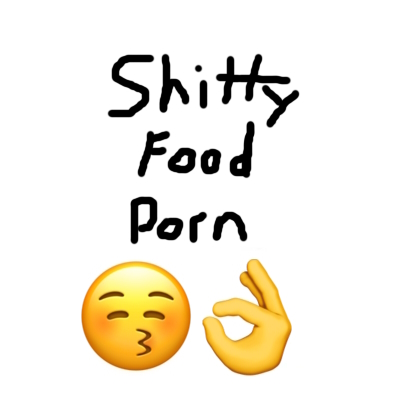Vigier is pretty famous for making fretless guitars but they are also pretty pricey afaik. It’s not particularly hard to convert an existing guitar if you have any glass workers in your area willing to cut a mirror board.
I did roughly this way back in 2009 on a cheapo strat clone with a bolt-on neck:
-
Have a piece of mirror cut in the shape of the fretboard on the current neck.
-
Remove the frets from your old fretboard with pliers.
-
Fill the fret slots with wood filler.
-
Sand the whole thing down flat.
You can remove the fretboard entirely to swap it with the mirror board if you like, but sanding the whole thing down to the desired height seemed simpler to me at the time. You also retain vaguely useful “guide” marks from where the fret slots used to be with this approach.
Note that the height/width of your new board needs to play well with your nut/bridge height and whether or not you removed the old board. You also want a piece of mirror thick enough not to crack.
-
Epoxy the mirror board to the neck.
-
Sand off any excess epoxy and buff the sides smooth.
This approach worked okay for me at the time. I don’t recall any exact materials or measurements I used since I did this over a decade ago. I mostly just winged it and tried to use common sense.
I will say the whole process is pretty finicky. A lot of small things contribute to playability in general. Choice of strings (roundwound, flatwound, different gauges), nut/bridge height, truss rod adjustments, neck shims etc. There’s also the worry of cracking the glass from an overzealous truss rod adjustment and effectively breaking the whole neck (though this never actually happened to me).
The main issue I noticed playing fretless electric is that sustain is reduced. On a typical electric guitar the string vibrates between the metal fret and bridge materials (ignoring the nut). These materials are fairly hard, but on a fretless instrument the string vibrates between your much softer finger tips and the bridge. Perhaps a compressor pedal or some type of sustainer system would help?
If you pay attention to vigier recordings they tend to do really well with sustain. So their typical setup might be worth researching and trying to mimic.
For a toy DIY project to experiment with it’s fairly fun, but I wouldn’t expect anything game changing. Getting a nice sounding + nice to play set-up is challenging and involves a lot of nitty-gritty details.
As a side note, you could technically stop at step 4, though you’d probably want to sand things to a particular radius rather than flat. This is a common approach bass players take to convert fretted basses to fretless basses. There are many guides on how to do this online.
Disclaimers: This was something I did nearly 15 years ago as a teenager after reading quite a lot of random internet posts on it. Don’t use my rambling as a source if you decide to try this. Use a real guide (there are many for fretted to fretless bass conversion guides that would apply for the first 4-ish steps for example). I am not responsible for gear you break or money you waste.
You could also just buy a slide for cheap if you’re into that.









Even if the argument doesn’t persuade them at the time it still makes sense to point it out to them so that they are (hopefully) aware of it later.